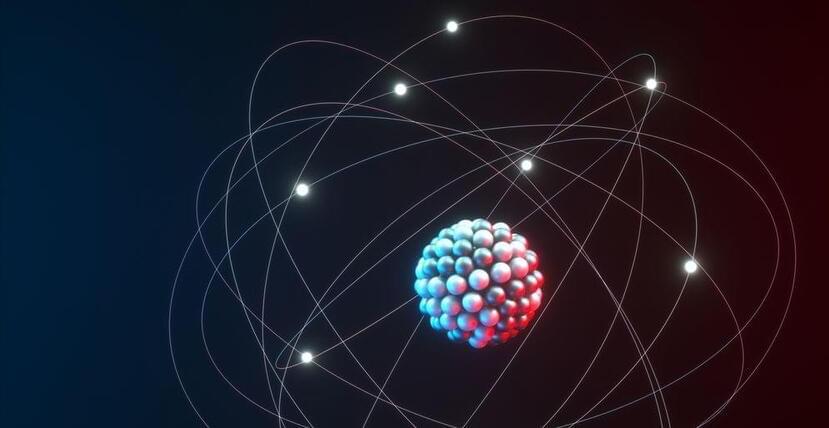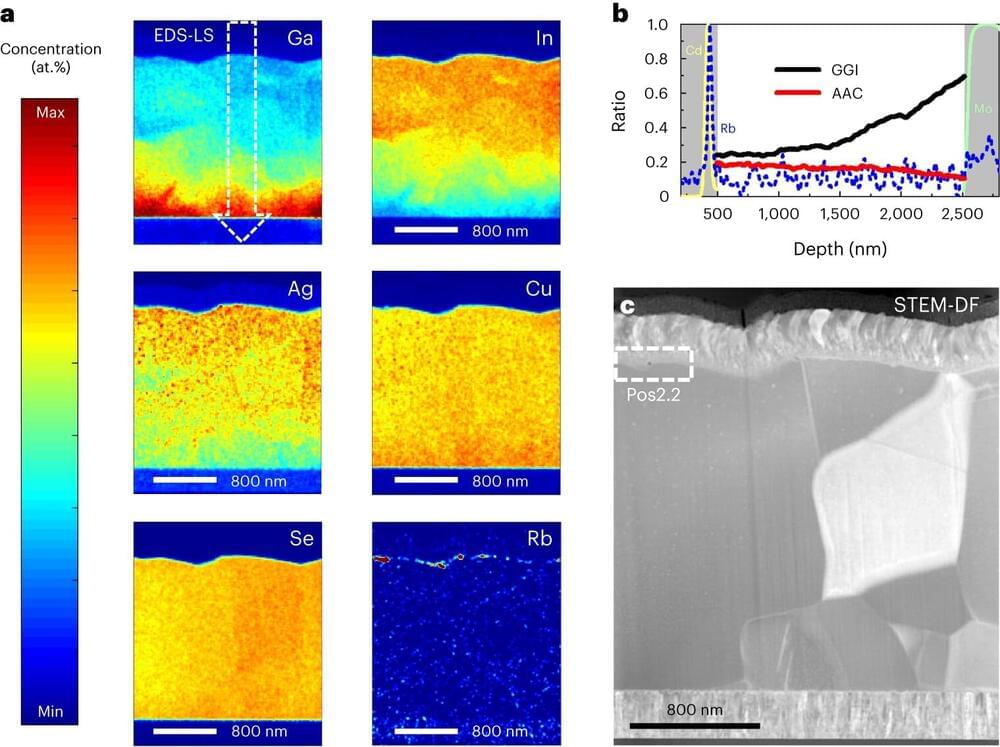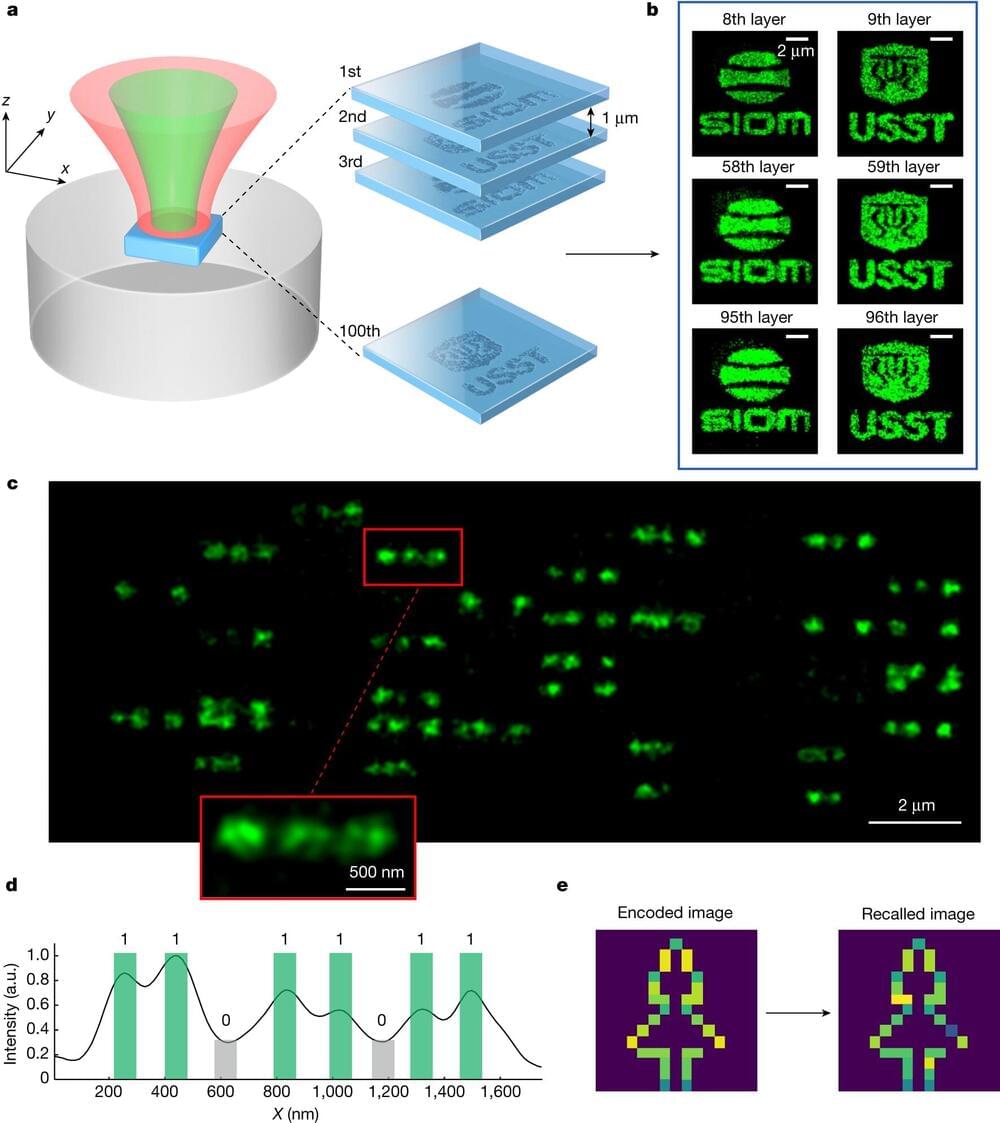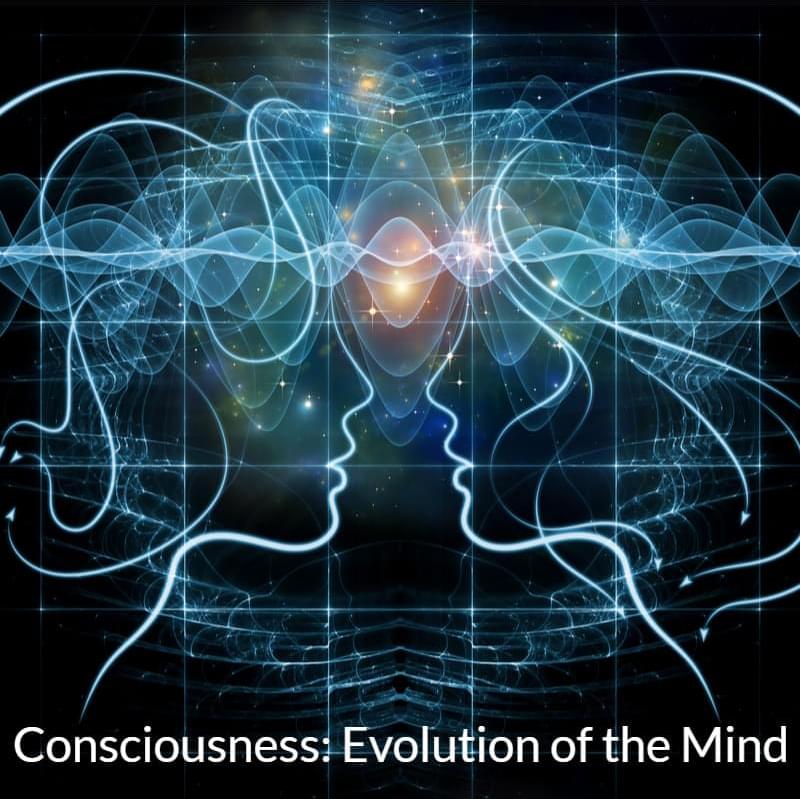Page 417
Mar 2, 2024
Fisker is talking to Nissan for a lifeline and electric pickup partnership
Posted by Shailesh Prasad in categories: sustainability, transportation
Nissan has been revealed as the potential savior of Fisker. The Japanese automaker is reportedly talking with Fisker to invest in the company and partner on electric pickup trucks.
Earlier today, we reported on Fisker’s disastrous fourth-quarter results showing that the electric vehicle startup lost $400 million in 2023 and it now has less than $400 million of cash on hands.
The automaker had to admit that it wouldn’t be able to continue operations past next year without a big cash injection.
Mar 2, 2024
Apple Vision Pro may eventually get SteamVR functionality
Posted by Shailesh Prasad in categories: entertainment, virtual reality
Apple Vision Pro may gain the ability to play SteamVR games, thanks to developers who have begun porting the open-source ALVR software.
ALVR is software that enables streaming VR games to virtual reality headsets. The adaptation of ALVR allows users to enjoy SteamVR games on Apple Vision Pro’s Micro-OLED displays.
However, interacting with these games requires a specific type of controller that tracks itself instead of one tracked by a headset.
Mar 2, 2024
The 2025 Ram 1500 Ramcharger May Be The Best Electric Truck For Towing, Hauling
Posted by Shailesh Prasad in category: climatology
Here’s why the Ramcharger may beat the Ford F-150 Lightning and Tesla Cybertruck if you’ve got to tow and haul right now.
Mar 2, 2024
OpenAI wants to make a walking, talking humanoid robot smarter
Posted by Shailesh Prasad in category: robotics/AI
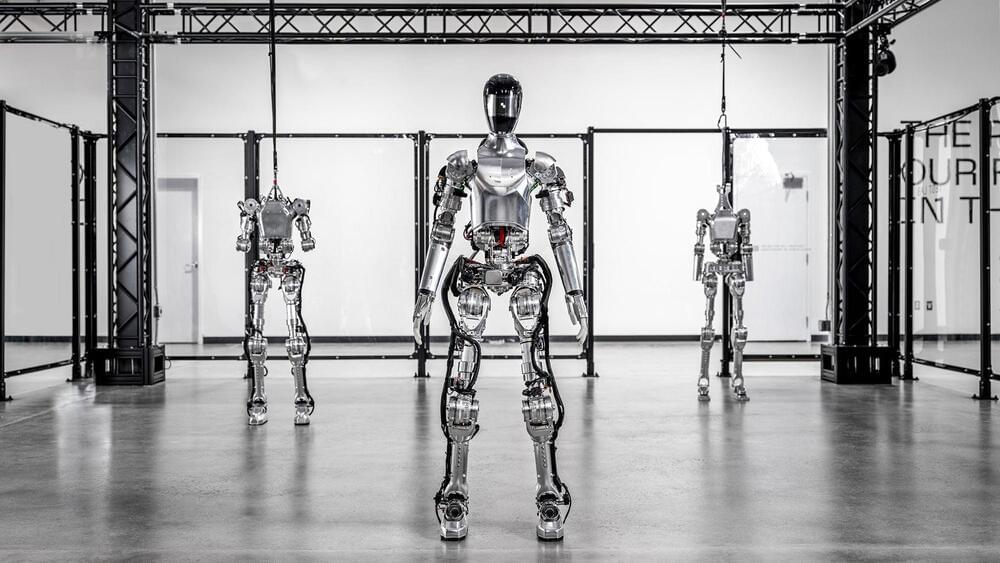
Figure’s founder Brett Adcock says a new partnership with OpenAI could help its robots hold conversation and learn from its mistakes over time.
Mar 2, 2024
A strategy to further boost the efficiency of copper indium gallium selenide solar cells
Posted by Shailesh Prasad in categories: solar power, sustainability
Until recently, chalcopyrite-based solar cells have achieved a maximum energy conversion efficiency of 23.35%, as reported in 2019 by Solar Frontier, a former Solar Energy company based in Japan. Further boosting this efficiency, however, has so far proved challenging.
Researchers at Uppsala University and at the First Solar European Technology Center AB (former Evolar AB) in Sweden recently attained a higher efficiency of 23.64% in chalcopyrite-based solar cells. This efficiency, reported in Nature Energy, was achieved using two primary techniques, namely high-concentration silver alloying and steep back-contact gallium grading.
“A primary objective of our study was to increase the efficiency of CIGS-based thin-film solar cells to ultimately lower the price per Watt-peak of corresponding large-scale modules,” Jan Keller, first author of the paper, told Phys.org. “Our work makes use of the findings from many research groups around the world, obtained during the last decades.”
Mar 2, 2024
Researchers demonstrate 3D nanoscale optical disk memory with petabit capacity
Posted by Shailesh Prasad in categories: economics, information science, life extension, nanotechnology, robotics/AI
The most popular words of 2023 were recently released, with AI Large Language Model (LLM) unquestionably topping the list. As a front-runner, ChatGPT also emerged as one of the international buzzwords of the year. These disruptive innovations in AI owe much to big data, which has played a pivotal role. Yet, AI has simultaneously presented new opportunities and challenges to the development of big data.
High-capacity data storage is indispensable in today’s digital economy. However, major storage devices like hard disk drives and semiconductor flash devices face limitations in terms of cost-effectiveness, durability, and longevity.
Optical data storage offers a promising green solution for cost-effective and long-term data storage. Nonetheless, optical data storage encounters a fundamental limitation in the spacing of adjacent recorded features, owing to the optical diffraction limit. This physical constraint not only impedes the further development of direct laser writing machines but also affects optical microscopy and storage technology.
Mar 2, 2024
Dialogues In Longevity — Dr. Aubrey de Grey & Dr. Michael Rose — Past, Present & Future Of Longevity
Posted by Ira S. Pastor in categories: evolution, life extension
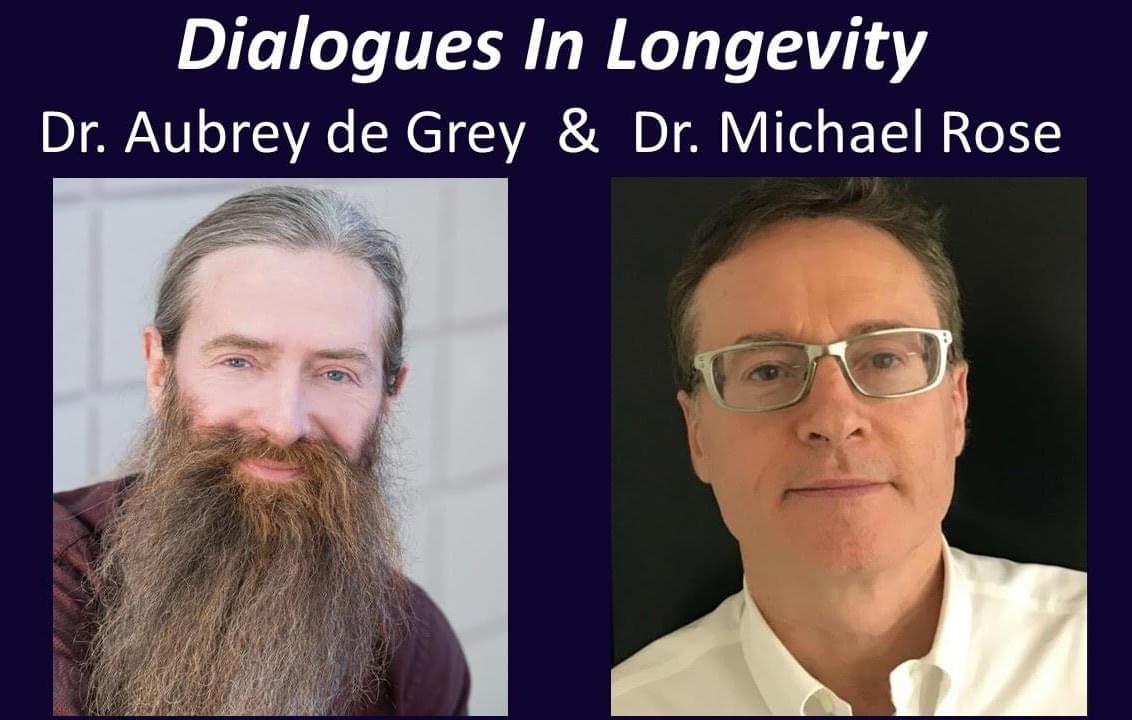
Dialogues In Longevity With Dr. Aubrey de Grey, President & Chief Science Officer, Longevity Escape Velocity Foundation & Dr. Michael Rose, Director of the Network for Experimental Research on Evolution (NERE), and Professor, Department of Ecology and Evolutionary Biology, University of…
https://www.youtube.com/watch?v=Xr0fgi75SXc
Buran and the Moonraker Mysterywe embark on a captivating journey into the realm of the unknown, exploring the enigmatic connection between the Soviet space…
Mar 2, 2024
What do our experience of the flow of time and quantum computing have in common?
Posted by Paul Battista in categories: computing, quantum physics
In the fascinating intersection of quantum computing and the human experience of time, lies a groundbreaking theory that challenges our conventional narratives: the D-Theory of Time. This theory proposes a revolutionary perspective on time not as fundamental but as an emergent phenomenon arising from the quantum mechanical fabric of the universe.
In my upcoming book with a working title Cybernetic Theory, the entire section is dedicated to the physics of time, where we discuss the D-Theory of Time, predicated or reversible quantum computing at large, which represents a novel framework that challenges our conventional understanding of time and computing. Here, we explore the foundational principles of the D-Theory of Time, its implications for reversible quantum computing, and how it could potentially revolutionize our approach to computing, information processing, and our understanding of the universe.
At its core, the D-Theory of Time suggests that time may not be a fundamental aspect of the universe but rather an emergent property arising from the interactions of more basic entities or processes. Time symmetry, in physics, refers to the principle that the fundamental laws governing the universe are invariant, or unchanged, when the direction of time is reversed. Given extra degrees of freedom, time is not a linear, unidirectional flow but a set of dimensions that can be traversed in both directions, akin to spatial dimensions. This perspective aligns with the concept of reversible quantum computing, where operations are not only forward but can also be reversed, preserving quantum information, and potentially enabling universal computations that are far beyond the capabilities of classical computing.
